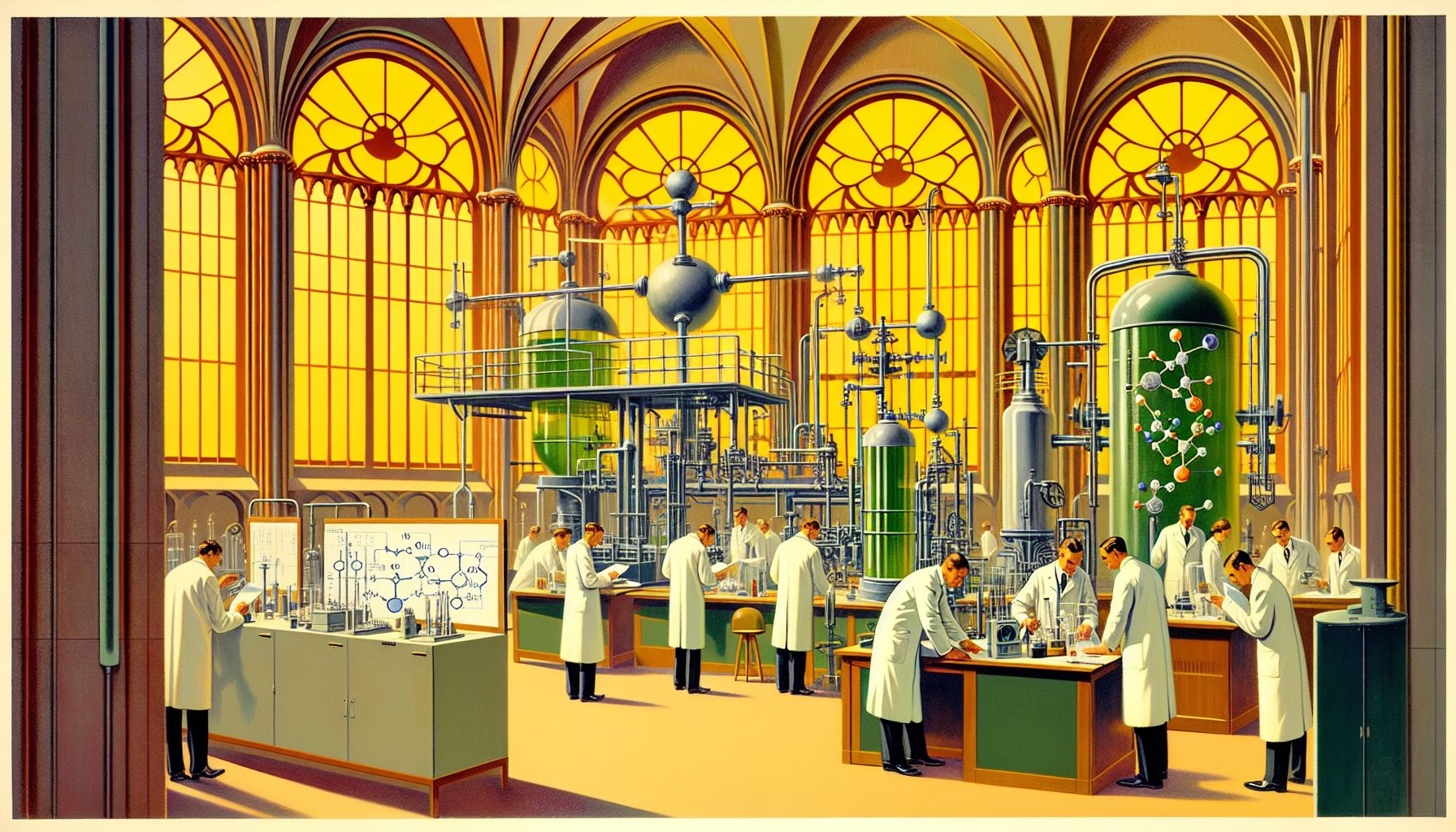University of Groningen Researchers Aim to Make Green Hydrogen More Affordable

Researchers at the University of Groningen are developing methods to reduce the cost of green hydrogen by combining it with elements like carbon dioxide and nitrogen for industrial applications.
Innovative High-Temperature Electrolysis
At the forefront of this initiative is Vassilis Kyriakou’s lab, where a unique high-temperature setup is being employed to split water into hydrogen and oxygen. This method involves heating water to above 400 °C and passing it through a ‘sandwich’ of solid materials, which enhances the efficiency of the electrolysis process. ‘Water in the form of steam is much easier to split,’ Kyriakou explains, emphasizing the potential of this technique to align with industrial processes that operate within similar temperature ranges [1].
Collaborative Efforts in Electrolysis
Besides Kyriakou, researchers like Dulce M. Morales and Paolo Pescarmona are also contributing to this green hydrogen revolution. Morales is focusing on electrolysis at lower temperatures, specifically in alkaline environments, to reduce costs and enhance efficiency. Meanwhile, Pescarmona is exploring alternative catalysts that could lower energy requirements and increase yield. The combined efforts of these researchers aim to identify the most effective and scalable methods for green hydrogen production [1].
Integration with Industrial Processes
One of the significant advantages of Kyriakou’s high-temperature electrolysis setup is its compatibility with existing industrial processes. By integrating hydrogen production with industrial activities that already operate at high temperatures, the overall efficiency can be significantly improved. This approach not only makes the process more sustainable but also more cost-effective, addressing one of the primary challenges in the widespread adoption of green hydrogen [1].
Broader Implications and Future Prospects
The research at the University of Groningen is part of a broader effort to transition to a sustainable energy supply. By combining hydrogen with other elements like carbon dioxide and nitrogen, the researchers aim to produce valuable compounds such as fuels, plastics, and ammonia for fertilizers. This not only helps in reducing greenhouse gas emissions but also provides a pathway for the chemical industry to become greener [1].
Hydrogen Valley Campus Europe
The Northern Netherlands is becoming a hub for green energy research, particularly through the Hydrogen Valley Campus Europe. This initiative leverages the region’s expertise in natural gas to advance hydrogen technologies and educate future engineers. The campus aims to support the local and European hydrogen economy, ensuring that innovations like those from the University of Groningen can be effectively implemented on a larger scale [1].

